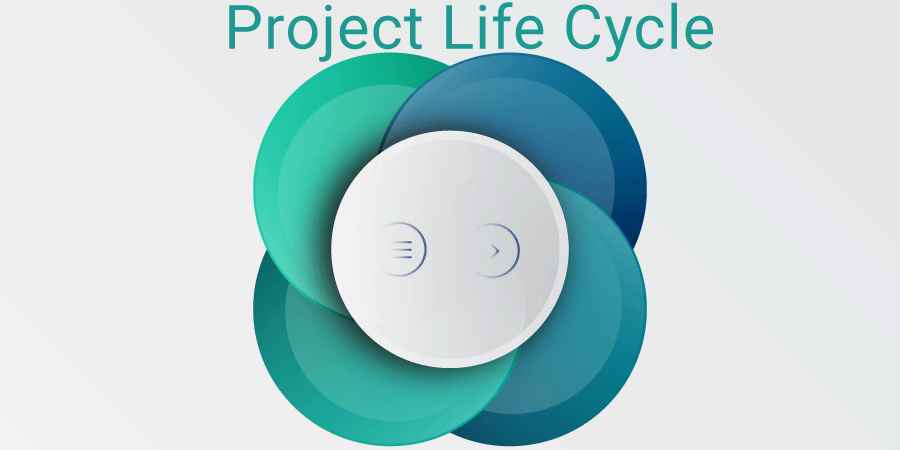A project life cycle represents the linear progression of a project, from defining the project, through making a plan, executing the work, and closing out the project. At first glance, it might seem that this life cycle is the same as the project management functions.
Define, plan, and execute seem to map directly to definition, planning, and control. The difference is that the project life cycle is linear and the phase boundaries represent decision points. Let’s look more closely at these decision points:
- Define. The phase begins when a project and a project manager are named in a project charter and is completed when the project rules are approved. Approving this written document means that all interested parties agree on the project goals, approach, and cost-schedule-quality equilibrium.
- Plan. After the rules are approved, the project manager begins building the project plan. Of course, as the details of how to execute the project are worked out, it’s likely that some of the decisions in the project rules will change. So at the end of the planning phase, all parties must not only approve the plan, but also any necessary changes to the project rules. Defining and planning can be short phases, particularly for short projects. Since planning often changes the project rules, some companies use a single phase, called initiation, to describe both of these activities (see Figure 2.3). The best argument for keeping the phases separate is that a number of questions need to be answered in the definition phase before a detailed plan can be produced. The basic assumptions and agreements worked out during definition make the planning activities more focused and productive.
- Execute. We are now at the stage of performing the actual work as approved in the plan. This phase probably takes 90 percent or more of the project’s effort. The execution phase is complete when the goal of the project is reached.
- Close out. This is the smallest phase of the project life cycle, but no less important than the others. Close-out activities perform three important functions: making the transition to the next phase, whether that is operations or another product development phase; establishing formal closure of the project in the eyes of the customer; and reviewing project successes and failures with a view to improving future
projects.
The importance of the first two phases in the project life cycle cannot be overemphasized. Even though these two phases—define and plan—usually represent 10 percent or less of the total effort, they are essential in preparing the team for efficient performance during the execution phase.
